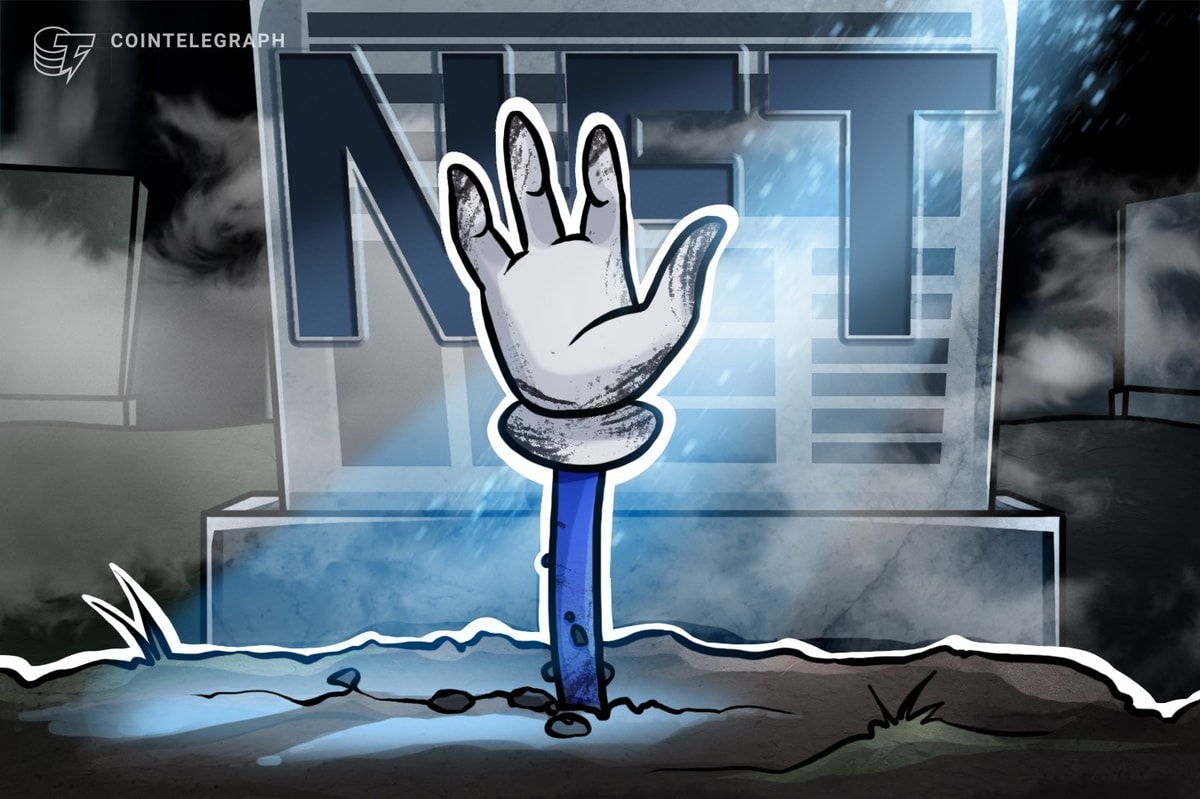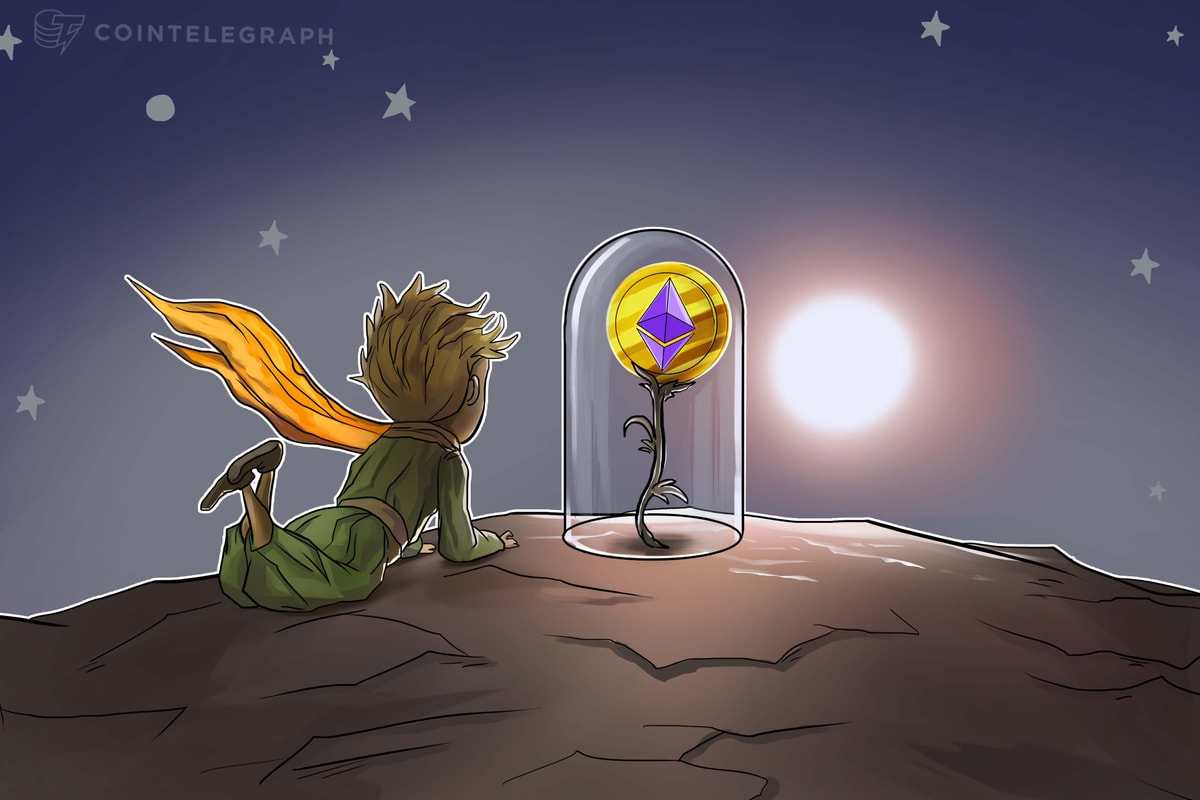- Q1 2023 has seen an average 83% market cap increase in Layer-1 (L1) smart contract platforms, despite a 2.5% decrease in network usage. Stacks, energized by a renewed interest in Bitcoin programmability, has emerged as a top performer.
- The shifting landscape of stablecoins, driven by the temporary USDC depeg and halt in the issuance of Paxos’ BUSD, led to an increased dominance of Tether (USDT), benefiting networks like TRON.
Amid the crypto market’s rebound in Q1 2023, the L1 smart contract platforms experienced an average market cap surge of 83%. Despite this resurgence, network usage fell slightly by 2.5%, underlining the complexity of the current market dynamics. Stacks stole the show, riding high on a revitalized interest in Bitcoin programmability and showcasing an impressive performance.
Ethereum, a consistent heavyweight in the crypto arena, upheld its dominance across several key financial and ecosystem metrics. This is despite the decrease in network usage. The revenue generated by Ethereum, propelled by high usage and gas fees, amounted to nearly 2.8 times the combined revenue of all other L1s featured in the report.
.@Ethereum generated the highest revenue in Q1, driven by its high usage and gas fees. Its revenue was $457M, almost 2.8x the combined revenue of all other featured L1s.@Hedera had the most significant revenue growth, up 489% QoQ, driven by its Consensus Service. pic.twitter.com/ybTQJhIq7I
— Messari (@MessariCrypto) June 16, 2023
However, the stablecoin market presented an interesting reshuffle. Owing to USDC’s temporary depeg and the cessation of Binance USD (BUSD) issuance by Paxos, USDT has now taken the center stage. This change particularly favoured TRON, which witnessed a 30% boost in its stablecoin market cap.
In terms of staked tokens, every network experienced a quarter-on-quarter increase in USD terms during Q1, with Stacks (403%) and Solana (125%) taking the lead. Interestingly, the surge in total staked tokens for each network outpaced their respective market cap growth, implying a net uptick in staked native tokens.
A crucial aspect of the blockchain ecosystem is the validator count, a factor that varies across networks and doesn’t strictly standardize. Networks like Ethereum, Avalanche, Cardano, Polkadot, and Harmony employ some form of stake-weight limit to ensure security and resilience. It is also imperative to consider other factors that affect network resilience, such as geographic node distribution, hosting provider distribution, delegator distribution, and client diversity.
The total value locked (TVL) in USD soared during the market recovery, predominantly due to price appreciation rather than capital inflow. Once again, Ethereum took the crown in TVL, with BNB Chain and TRON trailing behind. Nonetheless, Stacks and Cardano, with increases of 276% and 172% respectively, showcased noteworthy performances.
Meanwhile, Ethereum also led the pack in DeFi Diversity, a measure of the distribution of protocols contributing to the top 90% of DeFi TVL.
No spam, no lies, only insights. You can unsubscribe at any time.
Despite a minor setback, Ethereum held its ground as the prime hub for NFT activity, outperforming others even amidst higher gas fees. In the backdrop, the number of full-time developers saw a 4% decrease, according to Electric Capital’s Developer Report. Nonetheless, Ethereum sustained its leading position as the top ecosystem for developers, with Hedera recording a significant 28% quarter-on-quarter growth in full-time developers.
Read More: www.crypto-news-flash.com










 Bitcoin
Bitcoin  Ethereum
Ethereum  Tether
Tether  XRP
XRP  Solana
Solana  USDC
USDC  Dogecoin
Dogecoin  Cardano
Cardano  TRON
TRON  Lido Staked Ether
Lido Staked Ether  Wrapped Bitcoin
Wrapped Bitcoin  Sui
Sui  Hyperliquid
Hyperliquid  Wrapped stETH
Wrapped stETH  Chainlink
Chainlink  Avalanche
Avalanche  Stellar
Stellar  Shiba Inu
Shiba Inu  LEO Token
LEO Token  Bitcoin Cash
Bitcoin Cash  Hedera
Hedera  Toncoin
Toncoin  WETH
WETH  Litecoin
Litecoin  USDS
USDS  Polkadot
Polkadot  Wrapped eETH
Wrapped eETH  Monero
Monero  Bitget Token
Bitget Token  Binance Bridged USDT (BNB Smart Chain)
Binance Bridged USDT (BNB Smart Chain)  Pepe
Pepe  Pi Network
Pi Network  Ethena USDe
Ethena USDe  Coinbase Wrapped BTC
Coinbase Wrapped BTC  WhiteBIT Coin
WhiteBIT Coin  Aave
Aave  Bittensor
Bittensor  Uniswap
Uniswap  Dai
Dai  NEAR Protocol
NEAR Protocol  Aptos
Aptos  Jito Staked SOL
Jito Staked SOL  OKB
OKB  Tokenize Xchange
Tokenize Xchange  Ondo
Ondo  BlackRock USD Institutional Digital Liquidity Fund
BlackRock USD Institutional Digital Liquidity Fund  Cronos
Cronos  Internet Computer
Internet Computer  Ethereum Classic
Ethereum Classic